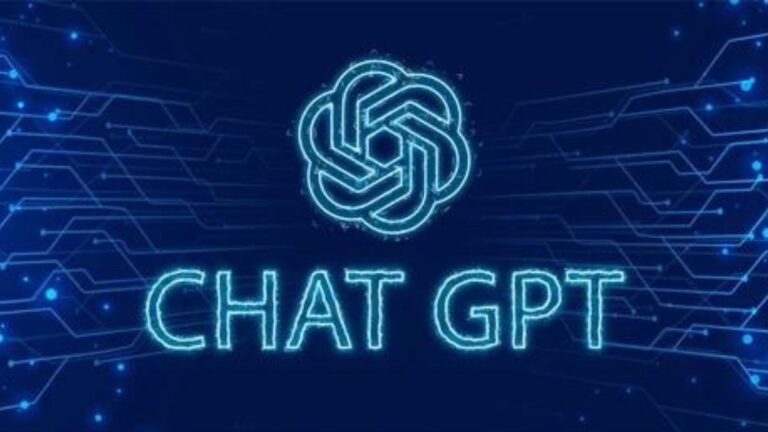The integration of artificial intelligence in our daily lives has reached a new height with tools like ChatGPT, which offer a blend of convenience and intelligence designed to simplify complex tasks and enhance communication. An important aspect of utilizing ChatGPT effectively lies in understanding the advanced features and access controls available through the login interface. This article delves into the specifics of these features and how they can enhance user experience and security.
Advanced Features of ChatGPT
Personalized Interaction Settings:
Upon Chatgpt login, users can tailor their interaction with ChatGPT. This includes adjusting language preferences, setting up specific command shortcuts, and customizing responses based on the user’s history with the tool. These personalized settings help in creating a more efficient and tailored AI experience.
Integration Capabilities:
ChatGPT supports integration with various platforms and tools. Users can link their accounts with other software systems, social media platforms, and productivity tools to streamline their workflows. This integration capability is accessible through the account settings once logged in.
AI Training Options:
For those looking to enhance the accuracy and response quality of ChatGPT, there are options to train the AI on specific data sets or topics. This feature is particularly useful for professionals in specialized fields who require precise information retrieval and processing.
Access Controls and Security
Multi-Factor Authentication (MFA):
One of the most critical security features available in ChatGPT is multi-factor authentication. MFA adds an extra layer of security by requiring users to verify their identity in more than one way when logging in, such as through a text message or email, in addition to the standard password.
Role-Based Access Control (RBAC):
In environments where multiple users access ChatGPT, role-based access control can be instrumental. RBAC allows system administrators to set permissions based on the user’s role within the organization, ensuring that individuals only access information pertinent to their duties.
Session Management:
Users can review and manage active sessions through the Chat GPT login dashboard. This feature includes options to see which devices are logged into your account, session durations, and the ability to remotely end sessions to prevent unauthorized access.
Privacy Controls:
ChatGPT provides robust privacy settings that allow users to control the storage and handling of their data. Users can access these settings to adjust data retention policies and review how their data is used by the AI.
Utilizing Advanced Login Features for Enhanced Productivity
Automated Scheduling and Reminders:
Through the ChatGPT login, users can set up automated tasks, such as scheduling appointments and setting reminders. This AI-driven task management helps in maintaining high productivity without manual inputs.
Custom AI Responses:
For users needing consistent responses or phrases, custom AI responses can be programmed. This feature is beneficial for customer support roles or any scenario where repeated information is provided.
Analytics and Usage Reports:
Understanding how you interact with chatgpt openai login can lead to better usage strategies. The platform offers analytics and reporting tools that track usage patterns, frequently requested topics, and interaction effectiveness.
Conclusion
The advanced features and access controls offered by ChatGPT are designed to ensure a secure, personalized, and efficient experience for users. By leveraging these capabilities, individuals and organizations can enhance their productivity and maintain robust security measures. As AI technologies continue to evolve, staying informed about these features and effectively utilizing them will be key to maximizing the benefits of ChatGPT.
